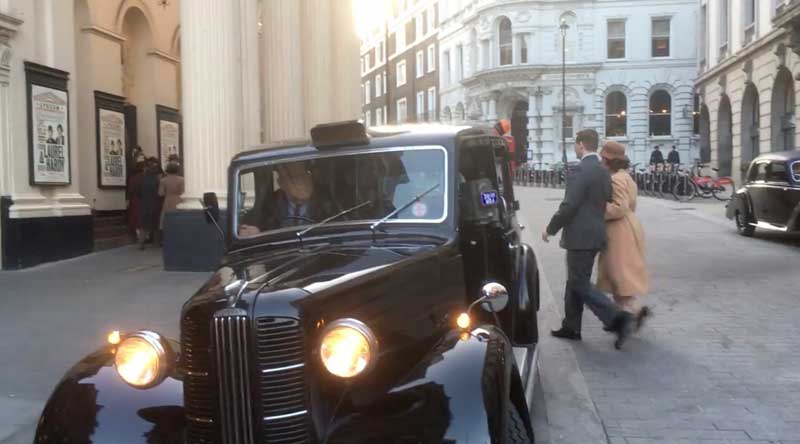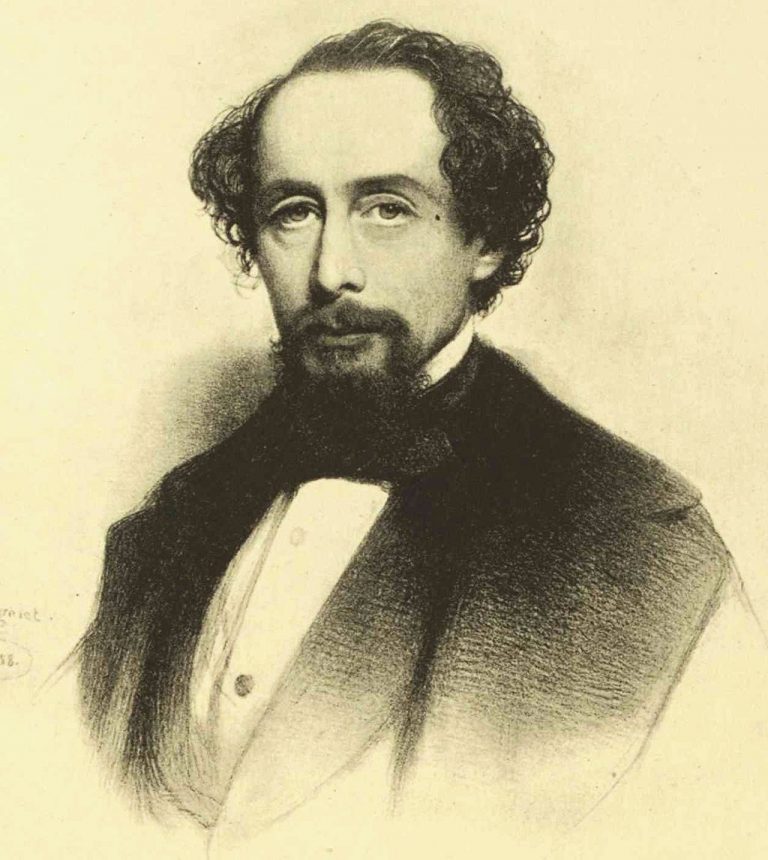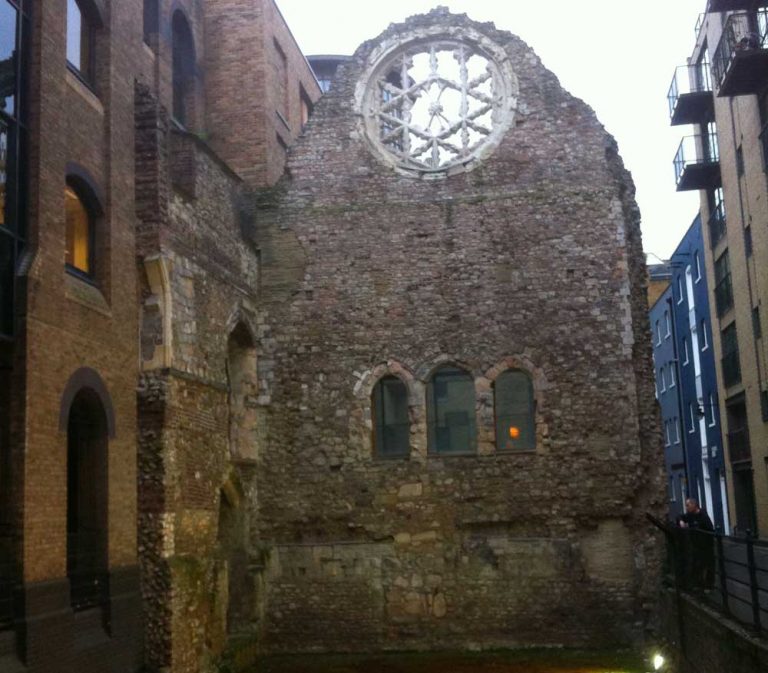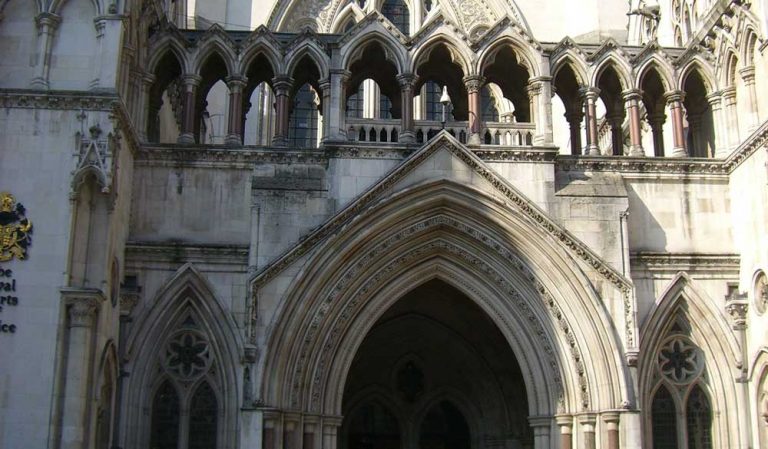In 2019 alone, it’s estimated that a whopping £7.9 billion was generated from films and TV shoots in London. Then the pandemic brought everything to a grinding halt.
Until then, you were bound to come across cameras rolling somewhere in central London.
And this little gem that I stumbled across back in the summer of 2017 while I was walking up the Strand was a case in point.
Glancing towards Lyceum Theatre on Wellington Street I was immediately transported back to 1953 London and the world of the fading American comedy duo Stan Laurel and Oliver Hardy.
The audience arrives for a performance at the theatre – in modern-day London the home of the musical Lion King – but on this day it’s been utterly transformed to the venue of the duo’s next performance.
The film features the entertainers, who have embarked on a gruelling British and Irish music hall tour in an attempt to re-ignite their failing film careers. But the whole enterprise turns out to be their swan song.
The scene, featuring nattily-dressed 1950s characters arriving for the performance and vintage buses and taxis to-ing and fro-ing had me mesmerised for ages as they shot take after take.
The fact there were a whole load of modern-day public Santander bicycles in the background didn’t faze the production staff. Those were digitally removed before the film hit the screens the following year.
It starred Steve Coogan as Laurel and John C. Reilley as Hardy, was a big box office hit and is still pulling them in on the Internet film platform.




